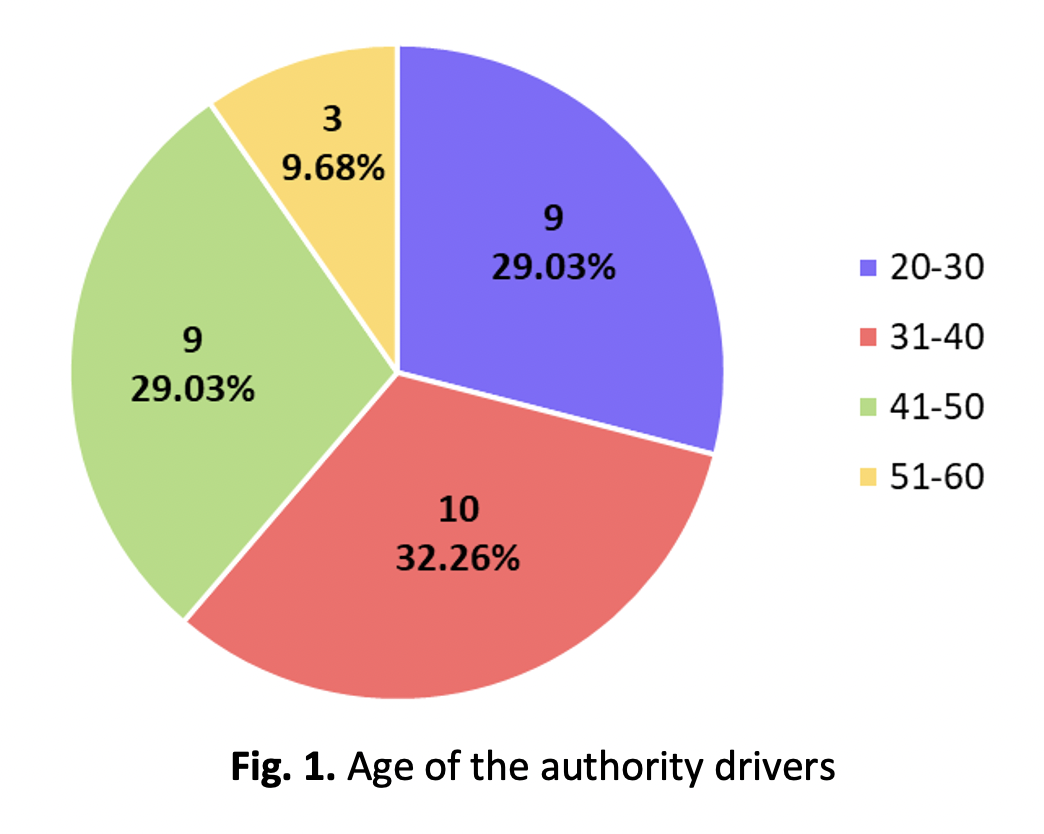A New Design and Simulation of Smart Sensing for Emergency Vehicle
DOI:
https://doi.org/10.37934/araset.34.3.115Keywords:
Emergency Vehicle, Travel Time, Smart Sensing, Design, Simulation E-BuzzAbstract
All emergency vehicles are designed and certified to better respond to emergencies. Also, emergency vehicles have the legal right to violate the highway code to get to a certain area as quickly as possible. The victim's existence is helpless in the event of a stroke of fate or an emergency. Because of the visitors, emergency vehicles also have to give way to get to the scene. This change can also further increase the victim's chance of death. Therefore, to solve the problem, it is crucial to plan and limit travel time so that emergency vehicles use their maximum capacity. Preventive service can be a means for emergency vehicles to reach their intended vacation spot in a much shorter time. So, there is a call to address this emergency vehicle action. This look at strategies is an intelligent detection utility to deal with alarming traffic jams. This mission aims to simulate the intelligent detection of emergency vehicles through simulation software. The purpose of e-Buzz: Simulation of Smart Sensing for Emergency Vehicles is to assist the government that may be responsible for responding to emergencies, including ambulance, police, fire, and many others. The main element to ensure that this simulation works is based on the type of sensor used and its usefulness and responsibility. The sensor can detect the sound of emergency vehicles and respond immediately to them by signalling smaller parallel visitors to change the screen from pink to green or vice versa. Therefore, this flow reduces the travel time required for emergencies.Downloads
Download data is not yet available.




























